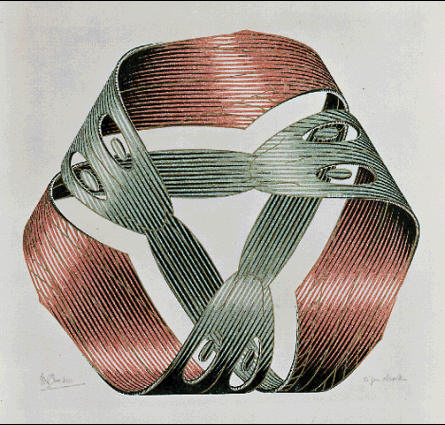| |
"The entropy of the universe tends toward a maximum"

These words are a famous quote by Clausius in 1852. They are still true today. We will distinguish between the system and surroundings. While it is possible for the entropy of the system to be negative the sum of the system and surroundings must be positive for all spontaneous processes. Thus, entropy is a state function that defines the direction and magnitude of spontaneous change. We are most interestedin chemical change, but entropy also applied to physical change as well.
The Carnot cycle
The entropy state function is defined by the ratio of heat transferred to the temperature. The physical significance of this definition is that there is a greateramount of heat transferred when there are more energy states. So the entropy is proportional to the number of accessible energy states at a given temperature. How can we show that sufch a definition leads to a state function? One way to demonstrate that a function is a state function is to show that it has a value of zero around a closed loop. Such a cycle was proposed by Carnot. The Carnot cycle establishes that entropy is a state function by showing that the sum of entropy changes around the cycle is zero. Neither the work nor the heat is zero around the cycle. The work and heat are path fucntions as was established previosuly when we considered the First Law.
Paths for entropy calculations
As with First Law calculations we can define three standard paths.
- Constant Temperature
- Constant Pressure
- Constant Volume
We will consider entropy calculations for each of these paths in the applications.
| |
|
|
|